Black Friday and Cyber Monday (BFCM) weekend presents a unique meeting of unparalleled deals and heightened consumer engagement. With shopper participation at an all-time high – a record 196.7 million Americans shopped online and in-store during Thanksgiving weekend in 2022 – it’s one of the most exciting and lucrative times for brands and retailers around the globe.
However, in an era where convenience, personalization, and sustainability have become paramount, customer expectations for BFCM 2023 are being reshaped. We’re here to unveil 11 popular trends you can use for inspiration to grab the hearts and attention of today’s discerning shoppers for the upcoming retail holiday.
Ahead of the Curve: 11 BFCM Trends for 2023
In the realm of eCommerce, staying ahead of the curve is important, and BFCM is no exception. Here are some predicted trends that can help your brand seize every opportunity for engagement and sales:
- More Brands Are Embracing AR and VR
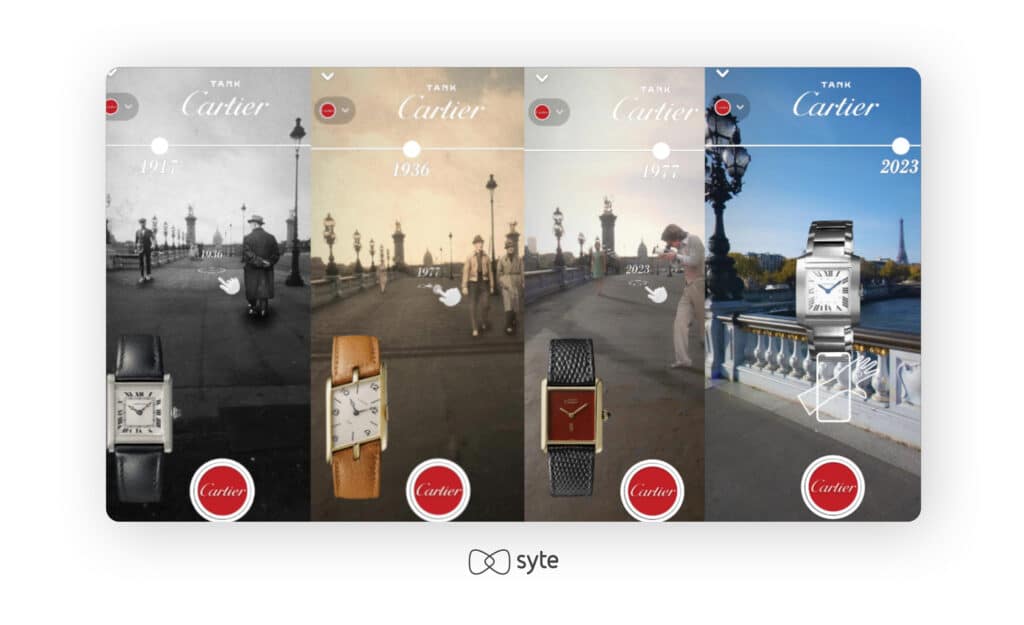
Augmented reality (AR) and virtual reality (VR) are already revolutionizing the online shopping experience by bridging the gap between the digital and physical worlds. Brands can harness these technologies to amplify product engagement, such as Cartier’s AR Snap lens that enables customers to go back in time and view the world as it appeared in 1917 when its Tank watch first came out. AR is found to exhibit a staggering 200% increase in engagement, delivering twice the level of interaction compared to non-AR counterparts. Through dynamic visualization, retailers can also offer customers the chance to ‘try before they buy.’ Beyond this, shoppers armed with smartphones can embark on interactive treasure hunts for discounts, exclusive offers, and virtual items, injecting an element of excitement into their purchasing journey.
- Gamified Shopping Experiences Are No Longer Just a Nice-to-have But a Must
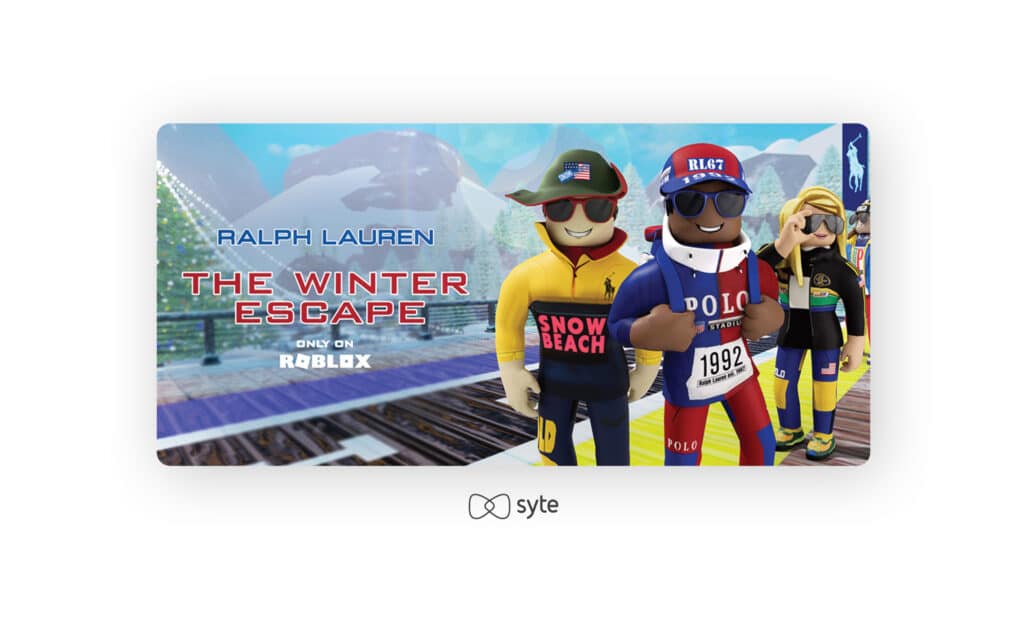
Interactive challenges, enticing rewards, and competitive dynamics have the potential to transform the act of shopping into an engaging adventure. Gamification can be strategically employed in the lead-up to BFCM, building anticipation and nurturing customer excitement. For example, Ralph Lauren opened a shoppable Roblox experience for last year’s winter retail season, a move that furthered the reach of its brand while unlocking exclusive items that stirred interest among shoppers. With gamification, product discovery can take on a new level of engagement, offering shoppers an immersive way to explore and interact with offerings. Points systems, badges, and virtual currency can also be integrated to incentivize repeat purchases and brand loyalty.
- Endless Product Discovery for Consistent Shopper Delight

Customers now expect a shopping experience that transcends conventional browsing and is tailored to their preferences and intent. Recommendation carousels – which can drive 75% of customers to purchase – can prompt customers to complete a look, check out products that appeal to other shoppers with similar shopping profiles, and find testimonials from satisfied customers. Brands can also harness image search to offer more accurate product search results, as well as interactive product showcases and engaging videos to provide a more comprehensive understanding of product features and applications. This curated journey empowers customers to visualize potential purchases more vividly, fosters a deeper connection with the items on offer, and heightens customer satisfaction.
- Next Level Tailor-made and Dynamic Email Messaging That Stand Out

With 59% of shoppers saying that marketing emails have driven their purchasing decisions, it’s clear that email messaging has emerged as a potent tool for engaging customers and driving them back to digital storefronts. But with so many more brands already using this tactic, it’s critical to lean into dynamic content rather than employing a one-size-fits-all approach. For example, brands can recommend deals on recently viewed items, products frequently bought together, or items in the same category as recent purchases. Dynamic emails can address decision fatigue while also solidifying the connections with customers.
- Making It Extra Special With Site Curation and AI Personalization
AI has the power to impeccably match recommendations with individuals in real-time, which can enhance consumer engagement and foster conversions by delivering bespoke offers aligned with each shopper’s unique preferences. Further, AI-enabled merchandising solutions can be tailored to target specific personas, optimizing product visibility and driving attention to strategically chosen items. For example, product detail pages on Garage Clothing have AI-generated carousels displaying other “styles like this” and items “frequently bought together.” You can also “shop the look” and view even more items that “you may also like.” AI-driven curation and personalization can serve as foundations for powerful BFCM shopping experiences characterized by memorable interactions and immersive brand encounters that resonate long after the shopping event concludes.
- Augment Operations With Generative AI
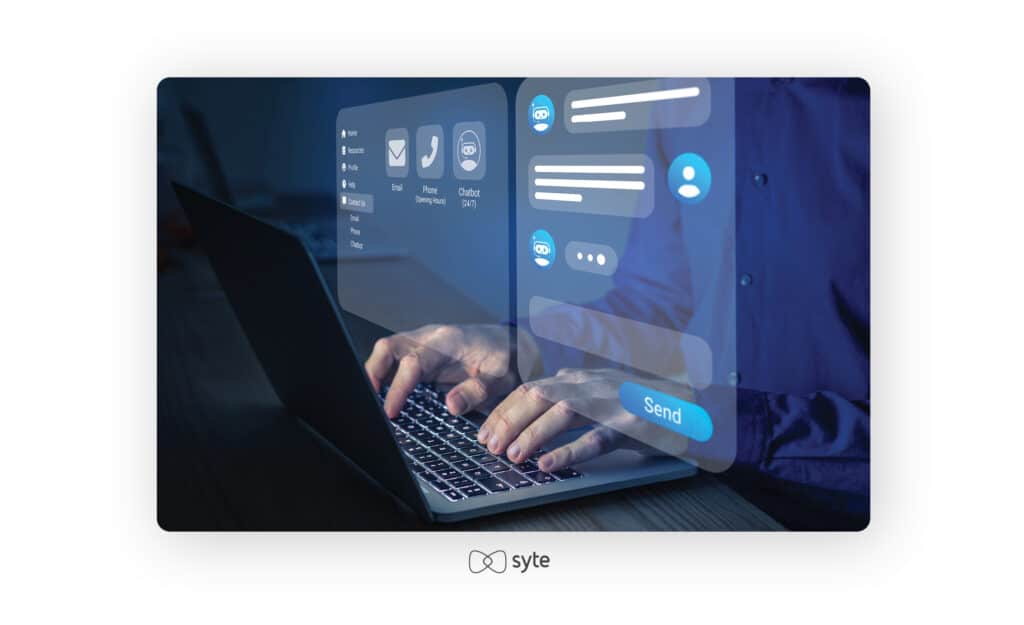
Generative AI has been making waves across multiple industries because of its ability to instantly generate all kinds of new content, including text, audio, images, videos, code, and more. According to McKinsey research, it is set to add up to $4.4 trillion to the global economy—annually. In the retail world, there are a number of use cases where generative AI can add serious value. For example, it can be used to personalize eCommerce product titles and descriptions to make the user experience feel more customized. Brands can also use generative AI to create images for product research and development – and then use them to get feedback from shoppers before making final decisions for production. Another use case for generative AI is the leveling up of chatbots by making them sound more human and therefore, more relatable and engaging for customers who are looking for support or answers to common questions about products.
- Smarter Inventory Solutions to Optimize Resources
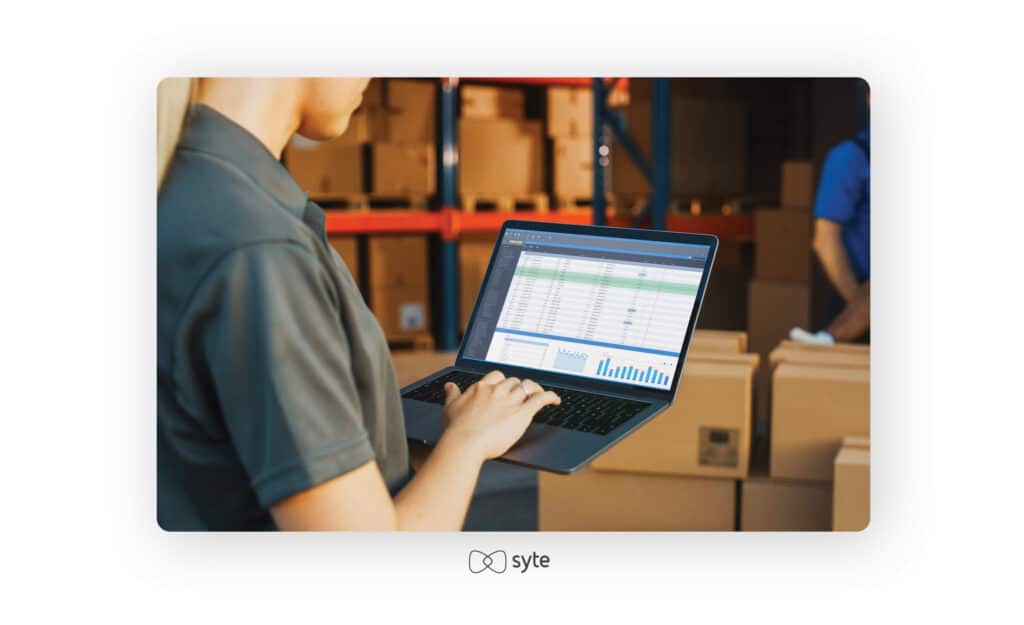
Efficient supply chain management mitigates the risks of overstock and stockouts that have plagued retailers for years. Research found that 79% of retailers with high-performing supply chains experience more substantial revenue growth compared to the industry average. By harnessing AI’s predictive capabilities, brands can analyze a wealth of data including historical sales records, consumer behaviors, market trends, and external influences to forecast demand patterns with exceptional precision. This strategic approach not only optimizes stock levels but also ensures that the right products are readily available at the right time, enhancing customer satisfaction while preventing financial losses due to inefficient inventory management.
- Hyper-personalized Promotions and Deals That Maximize Budgets
In a consumer landscape where personalization reigns supreme, the integration of hyper-personalized promotions not only addresses the 71% of consumers expecting tailor-made interactions but also taps into the frustration expressed by 76% when such experiences are lacking. This entails a meticulous analysis of shoppers’ historical behaviors, preferences, and real-time interactions, enabling the delivery of deals and discounts that resonate profoundly with each individual. By gauging market trends, competitor pricing, and demand fluctuations in real time, the right AI-based tools can enable retailers to swiftly adapt and craft competitive and engaging promotions. This also extends to suggesting product bundles tailored to customer preferences and buying patterns, effectively encouraging higher spending through strategic upselling.
- Wider Use of Buy Now, Pay Later Payment Scheme

The broader adoption of Buy Now, Pay Later (BNPL) payment methods takes center stage against the backdrop of evolving economic pressures. The surge in popularity with this tool witnessed in 2022 underscores the appeal of BNPL options, offering consumers the flexibility to acquire desired goods while deferring payment. The statistics paint a vivid picture of this trend’s growth: the share of online orders using BNPL mechanisms escalated from 8.2% in 2021 to 10.2% in 2022, with in-store BNPL transactions experiencing a remarkable 41% year-over-year rise.
- Cryptocurrency and Blockchain Deals
The integration of cryptocurrency and blockchain deals heralds a transformative era in retail, with the potential to revolutionize transparency, security, and authenticity within transactions. Many luxury retailers such as Gucci have already accepted cryptocurrency payments in stores, and others like Philipp Plein have started their own NFT marketplaces. Blockchain’s robust infrastructure offers an avenue to ensure the veracity of deals while fostering a sense of trust and accountability in shoppers. Beyond transactions, the technology holds promise in reshaping loyalty programs, allowing retailers to tokenize them through blockchain. This innovation enables customers to receive digital tokens, which can then be utilized to unlock exclusive BFCM deals and offers.
- Ethical Consumption, Fewer Purchases
With customers wielding their purchasing power to align with their values, the products they choose reflect both their personal preferences and broader ethical considerations. This mindful shopping trend has grown into a global movement called ethical consumerism, where customers care deeply about how brands create and sell their products – considering everything from the product and packaging materials used to the working conditions that exist for employees.
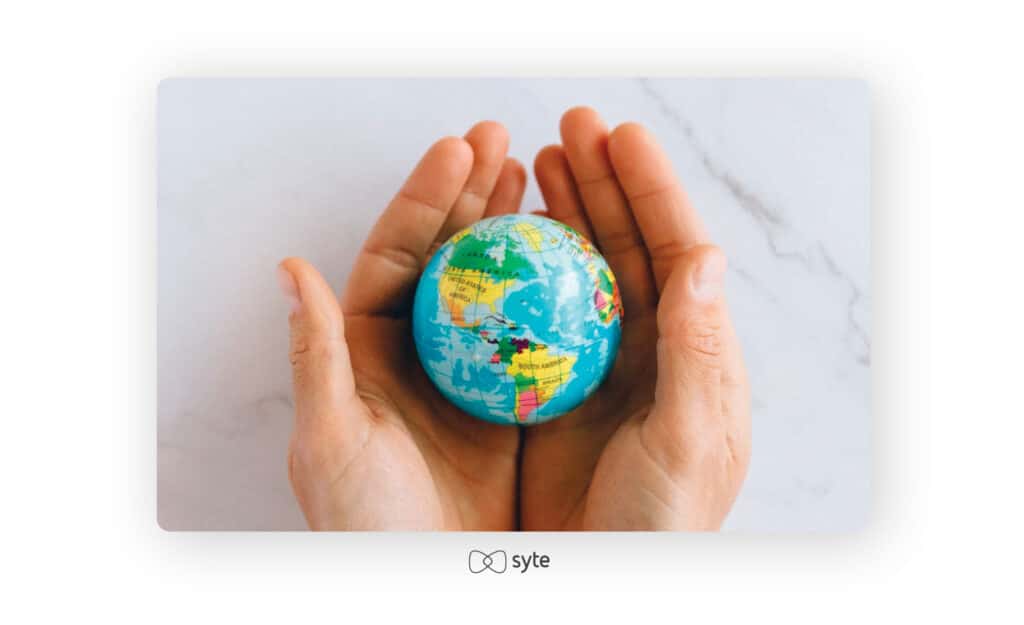
Conscious consumers are very selective about who they give their business to and 40% are even willing to pay a premium for products that are mindful of environmental impact. Further, the emphasis on sustainability extends to brand loyalty, with 43% of consumers expressing a higher desire to purchase from brands that prioritize sustainable practices such as carbon-neutral shipping or using a “low or no waste” approach. During BFCM, brands can harness AI-driven curation and personalization tools to identify and promote the sustainable items on their sites and even generate sale bundles of sustainable items, so that customers can maximize a single purchase while remaining aligned with their core values. If shoppers have made a BFCM wishlist, retailers can also turn to AI tools to specifically promote the list’s sustainable items, so that shoppers can make the wisest choices and not get lost in the BFCM noise.
Elevate the Retail Experience During BFCM
The convergence of convenience, personalization, and sustainability has ushered in an era where consumers demand more than just discounts on BFCM weekend. They seek meaningful interactions, tailored experiences, and ethically responsible choices. From the embrace of AR and VR transforming shopping into immersive adventures to the strategic deployment of gamification transcending mere transactional exchanges, the key to standing out during BFCM 2023 is integration and adaptation.